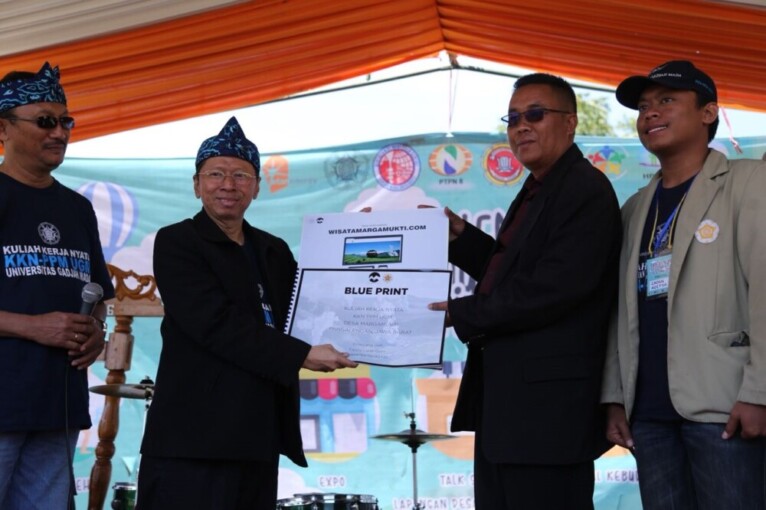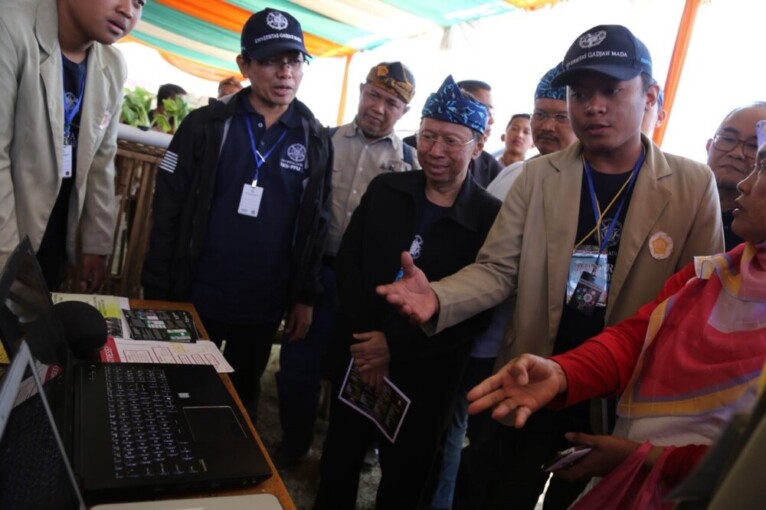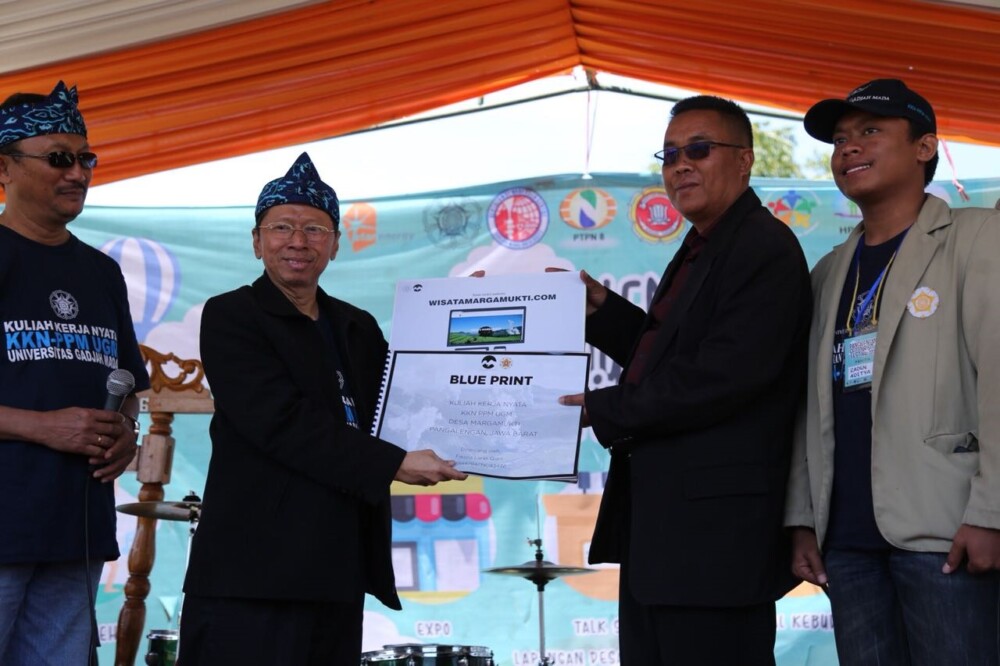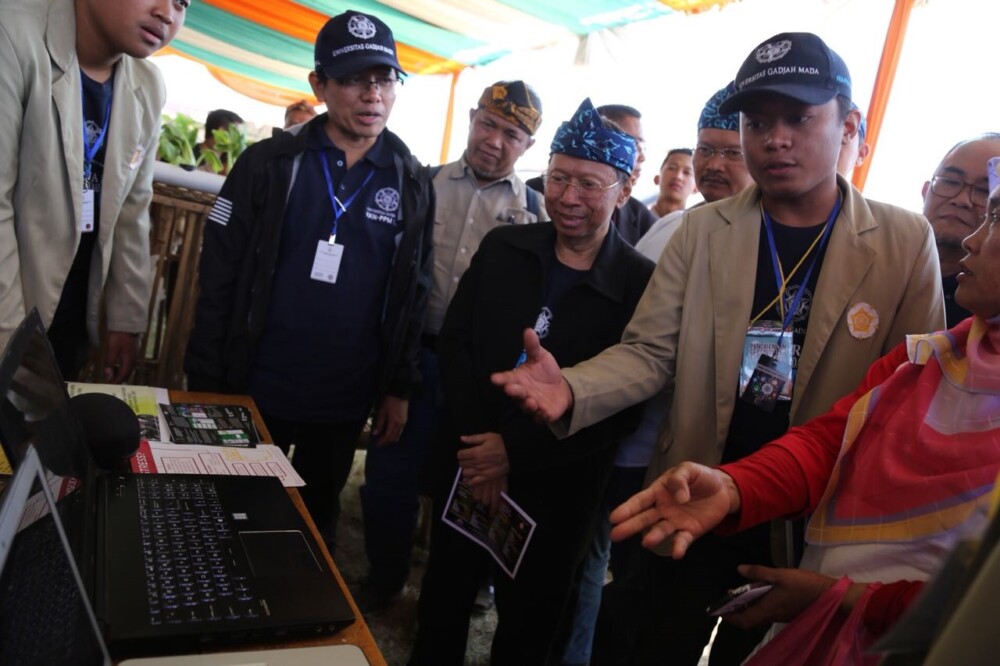The landscape of Margamukti Village in Pangalengan, Bandung Regency, is characterized by the vast tea plantation as a livelihood source for local residents since the Dutch Occupation.
Additionally, the village also carries geothermal potential that has only been used by private sectors. To ensure that residents benefit more from their village’s potential, UGM sent 30 students to help them develop the potential to become a profitable program and tourist attraction through the Student Community Service Program (KKN-PPM).
“We want to make geothermal resource useful for the community, so we send students to develop it. Tourism is the easiest way because it is low-cost and only requires proper management. In the first year, we assign the students to do the mapping of the potential,” said Director for Community Service, Prof. Ir. Irfan Dwidya Prijambada, M.Eng., Ph.D., Saturday (7/28).
He mentioned this in the Pangalengan Geotourism Festival organized by the students to raise community awareness of their tourism potential and increase public recognition of Margamukti Village.
Pangalengan Geotourism Festival (PGF) carries the theme of “Towards Sustainable Development of Pangalengan Tourism”. It is based on the geotourism potential of Pangalengan such as hilly landscapes, lakes, geothermal manifestations, tea plantation, waterfalls, and some cultural heritage sites.
Involving local groups and schools, the festival comprised six events, which are Pangalengan Essay Competition, Pangalengan Geotourism Talkshow, Pangalengan Geotourism Expo, Pangalengan Kids Day, Pangalengan Photo Contest, and Pangalengan Cultural Festival.
Coordinator of socio-humanities team of KKN students, Jeremy Musa, stated within a month they have successfully planted the base for tourism development through various activities, ranging from creating tourism awareness group, mapping tourist attractions, to organizing tourism management basic training.
“The community has only been focusing on agronomy, so we have to start from the scratch. We have organized some basic training, such as website design, social media management, and many else. It aims to create a long-term development of tourism.”
He pointed out some of the village’s tourism potentials, including pine forests, tea plantations, deer conservation, hot springs, Besar peak, as well as the house where the film “Pengabdi Setan” was shot. The location of geothermal energy sources is also a tourist attraction.
This abundant tourist attractions, Jeremy opined, could potentially bring much revenue for the community if managed properly. Therefore, with the programs, the students tried to prepare the local people, especially the youth, to manage their own tourism potential.
Under the guidance of Dr. Indra Perdana from Center for Geothermal Research UGM, the Festival – along with the entire series of KKN programs in Pangalengan – received full support from the government, community, and some partners, including Star Energy Geothermal, PTPN VIII, and KPBS.
Vice Rector for Human Resources and Assets, Prof. Dr. Ir. Bambang Agus Kironoto, who attended the festival, said that UGM is consistently organizing KKN program because it is considered beneficial for the students and communities where the program takes place.
“Here, we try to bring the success of KKN program in developing tourist attraction in North Sulawesi. Looking at the success, we implement the program by considering the local potential as an added value to Pangalengan. If necessary, we are willing to continue this program for the coming year,” he explained.





